欧洲南方天文台的天文学家使用位于智利的望远镜(VLT)对位于火星和木星之间的小行星带中的 42 个最大天体进行了成像。 得到了从未有过的清晰、庞大的小行星群照片。 观测揭示了从球形到狗骨的各种奇特形状,并正在帮助天文学家追踪太阳系中小行星的起源。
Daphne 看起来像一滴眼泪,Ausonia 像一个被压扁的果冻豆,Kleopatra 的形状像一根狗骨头,这些只是欧洲南方天文台(ESO)位于智利的甚大望远镜所拍摄的42颗小行星中的其中三颗。这些小行星代表了我们太阳系中一些最大的小行星,而这些图像正在帮助天文学家了解这些迷人的太空岩石的起源。
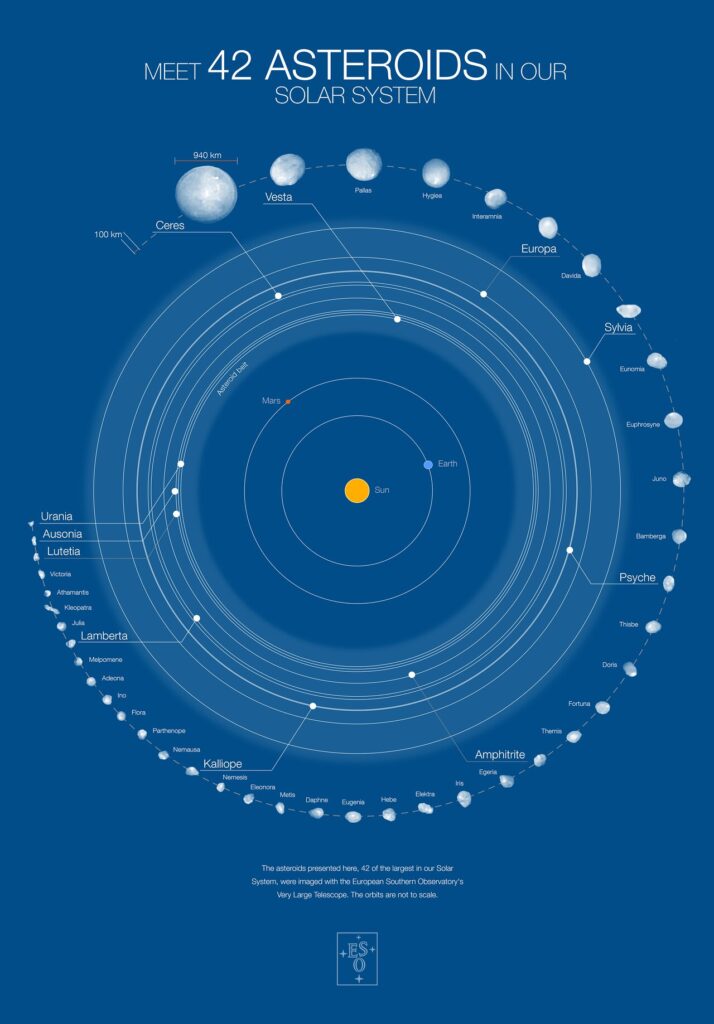
Image from ESO
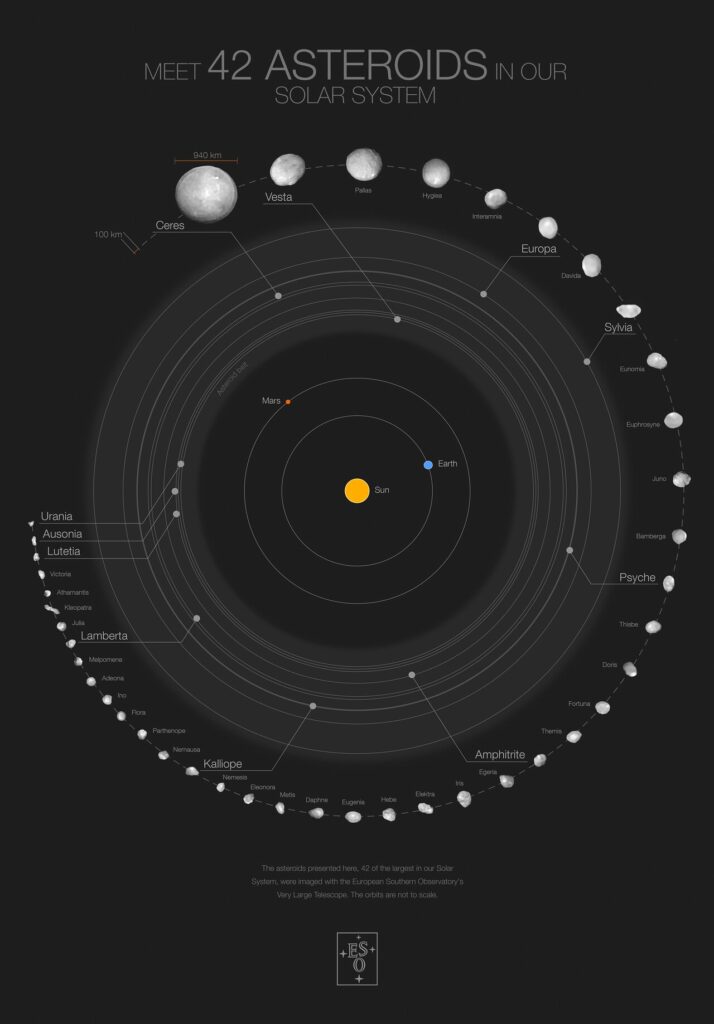
Image from ESO
ESO 在周二的一份声明中说道:“这42个天体的详细图像是探索小行星的一次飞跃并有助于回答生命、宇宙和万物的终极问题,这要归功于地面望远镜。”在科幻经典《银河系搭车指南》出版42周年之际,该机构提到了作家道格拉斯·亚当斯。
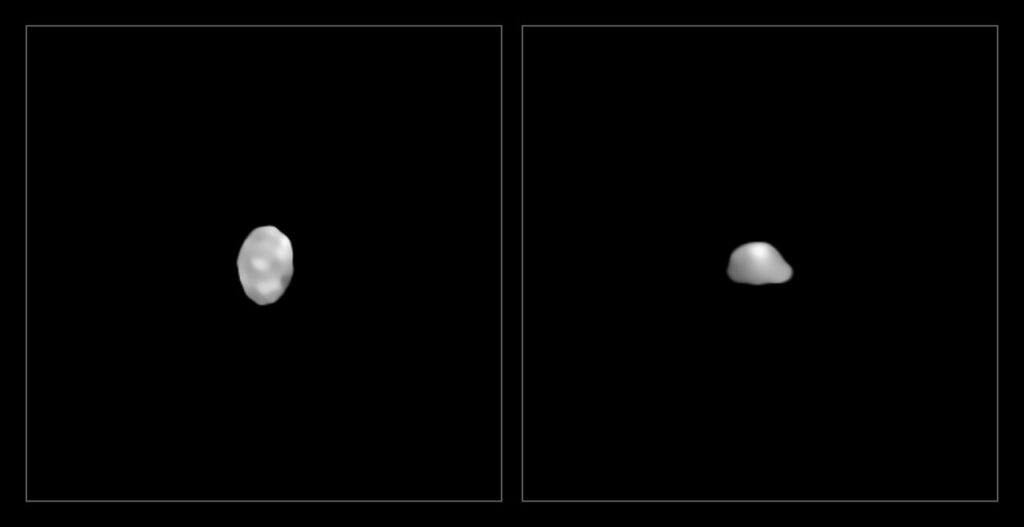
These images have been captured with the Spectro-Polarimetric High-contrast Exoplanet REsearch (SPHERE) instrument on ESO’s Very Large Telescope as part of a programme that surveyed 42 of the largest asteroids in our Solar System. They show Kalliope and Psyche, the two densest objects imaged, which have a density of 4.4 and 3.9 grammes per cubic centimetre respectively. This is higher than the density of diamond (3.5 grammes per cubic centimetre).
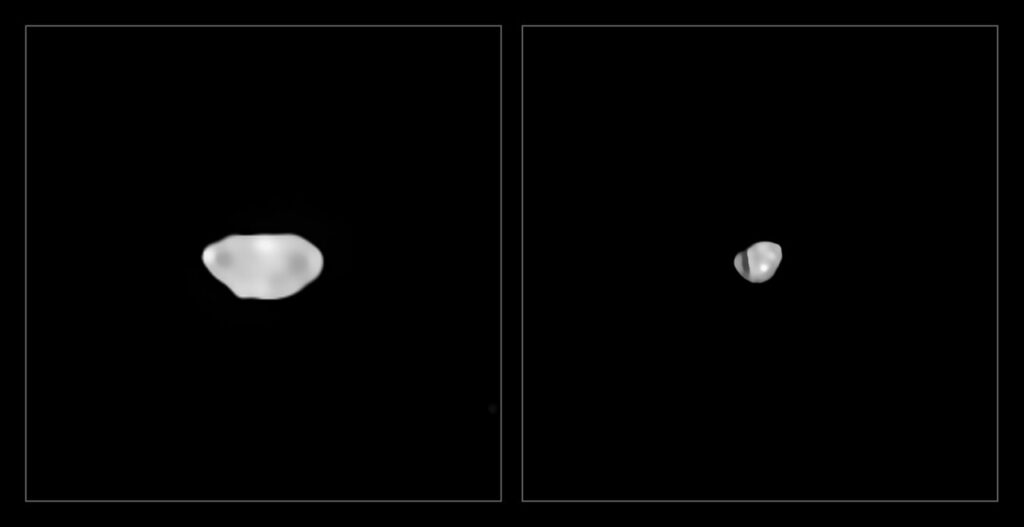
These images have been captured with the Spectro-Polarimetric High-contrast Exoplanet REsearch (SPHERE) instrument on ESO’s Very Large Telescope as part of a programme that surveyed 42 of the largest asteroids in our Solar System. They show two of the least dense asteroids imaged, Sylvia and Lamberta, which have a density of about 1.3 grammes per cubic centimetre, approximately the density of coal.
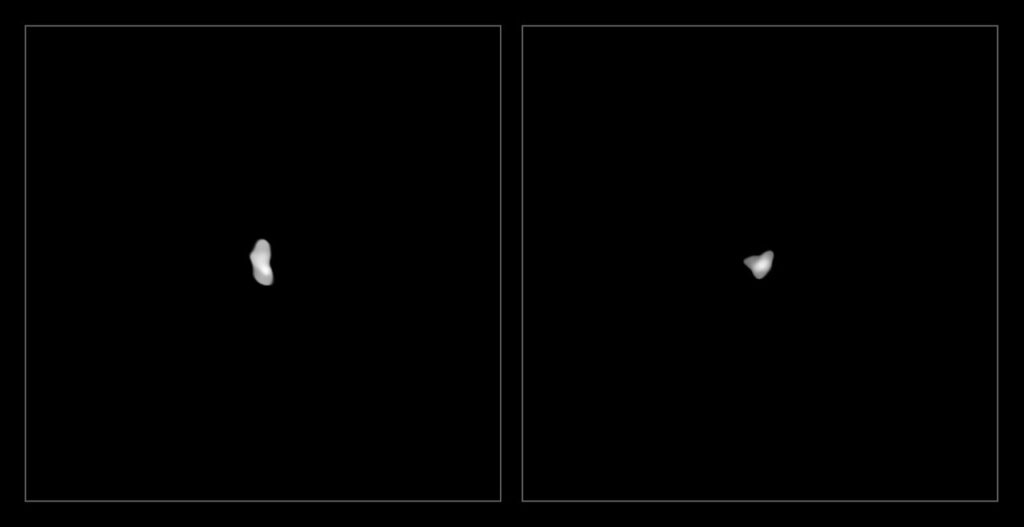
These images have been captured with the Spectro-Polarimetric High-contrast Exoplanet REsearch (SPHERE) instrument on ESO’s Very Large Telescope as part of a programme that surveyed 42 of the largest asteroids in our Solar System. They show Ausonia and Urania, the two smallest objects imaged, each approximately 90 kilometres in diameter.
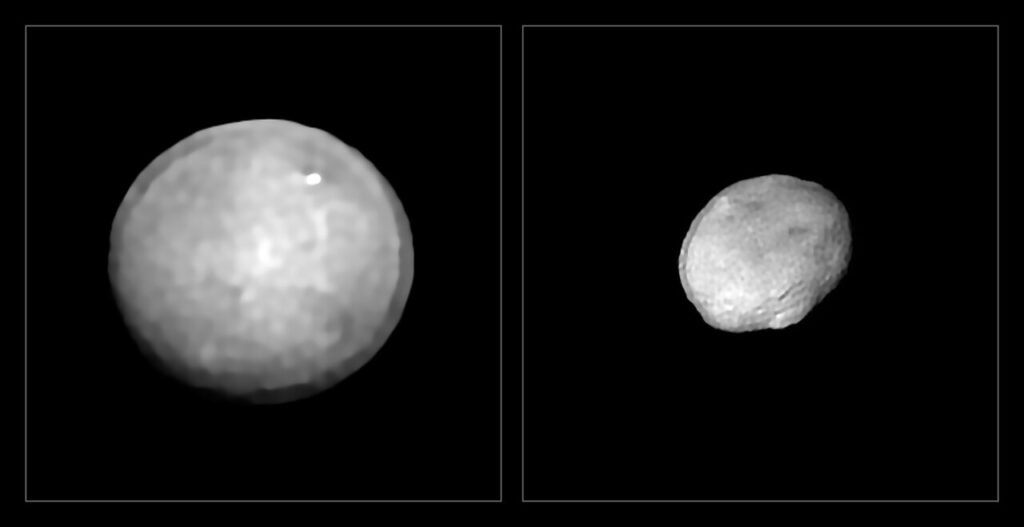
These images have been captured with the Spectro-Polarimetric High-contrast Exoplanet REsearch (SPHERE) instrument on ESO’s Very Large Telescope as part of a programme that surveyed 42 of the largest asteroids in our Solar System. They show Ceres and Vesta, the two largest objects in the asteroid belt between Mars and Jupiter, approximately 940 and 520 kilometres in diameter. These two asteroids are also the two most massive in the sample.
本周发表在《Astronomy & Astrophysics》上的一篇论文介绍了甚大望远镜的小行星观测–包括天体的三维形状和密度。对小行星的重建显示,它们要么是球形要么是拉长的,就像看起来很奇怪的 Kleopatra。
数据显示,这些小行星可能具有截然不同的密度。“我们的观察结果为这些天体自形成以来的大量迁移提供了强有力的支持。简而言之,只有当这些天体起源于太阳系的不同区域时才能理解其成分的巨大变化,”论文共同作者、来自捷克共和国查尔斯大学的Josef Hanus说道。
甚大望远镜图像集中的小行星位于火星和木星之间的“主带”。这项研究表明,密度最小的小行星可能在海王星的轨道之外形成,然后移动到太阳系中目前的位置。
非常球形的矮行星Ceres也包括在观察范围内。它曾被NASA的“黎明号”航天器访问过,是小行星带中研究得最充分的天体之一。名单上另一颗著名的小行星是Psyche,它是NASA即将进行的一项任务的目标。
小行星是天文学中的一个热门话题。NASA 计划在周六发射其Lucy任务以访问一颗主带小行星和其他七颗被称为特洛伊小行星的小行星们。另外,航天机构还一直忙于收集小行星的样本以便带回地球进行研究。ESO的图像项目并不像在小行星表面着陆那样引人注目,但它却在研究这些有趣的天体方面填补了一些重要空白。

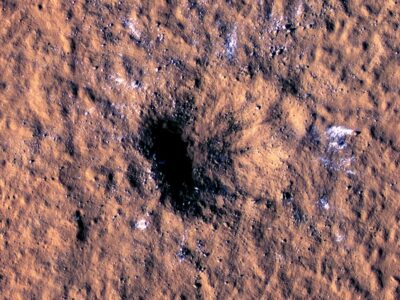
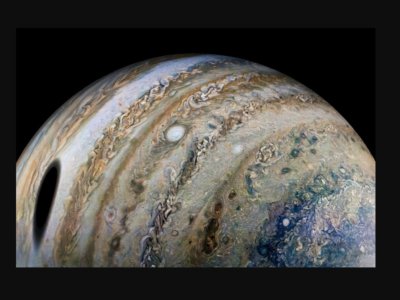
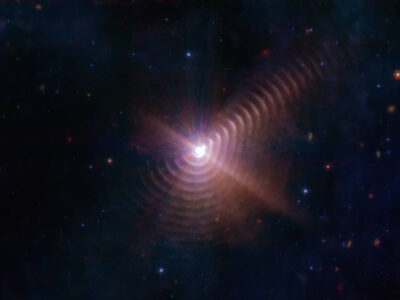
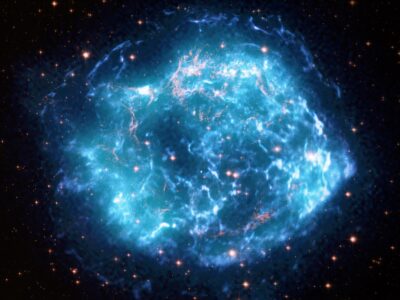
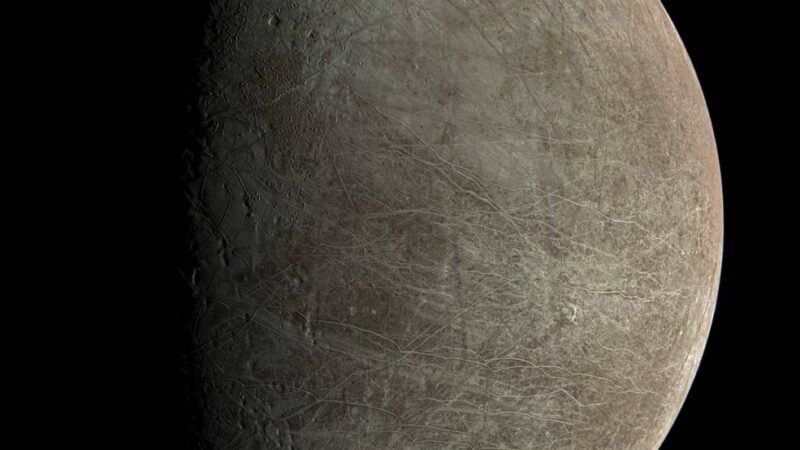
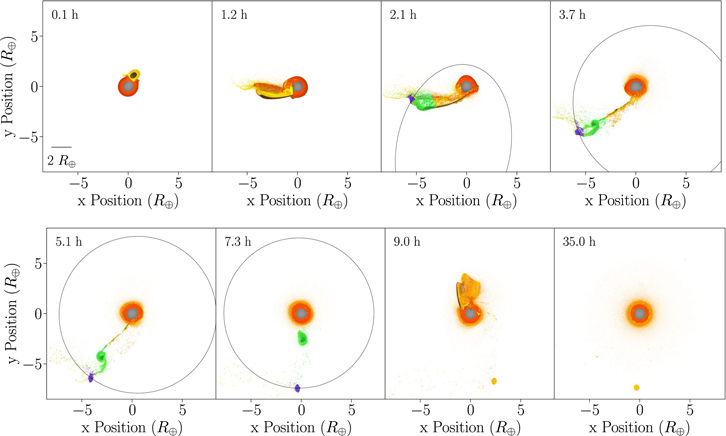
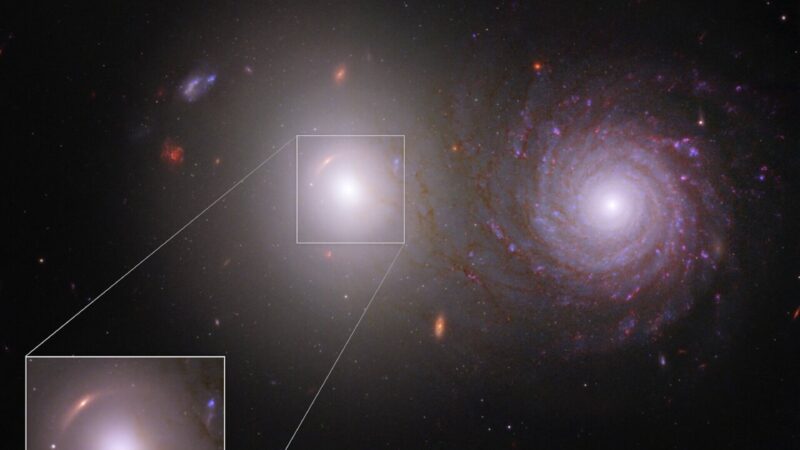

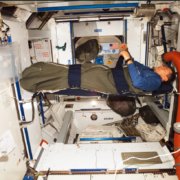
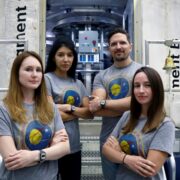

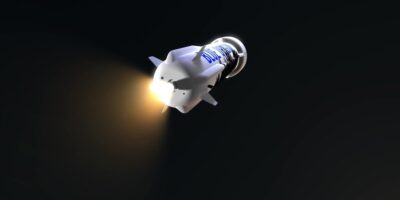




ESO ?
哈哈哈哈哈哈哈哈哈哈
原来人家有这么深刻的内涵